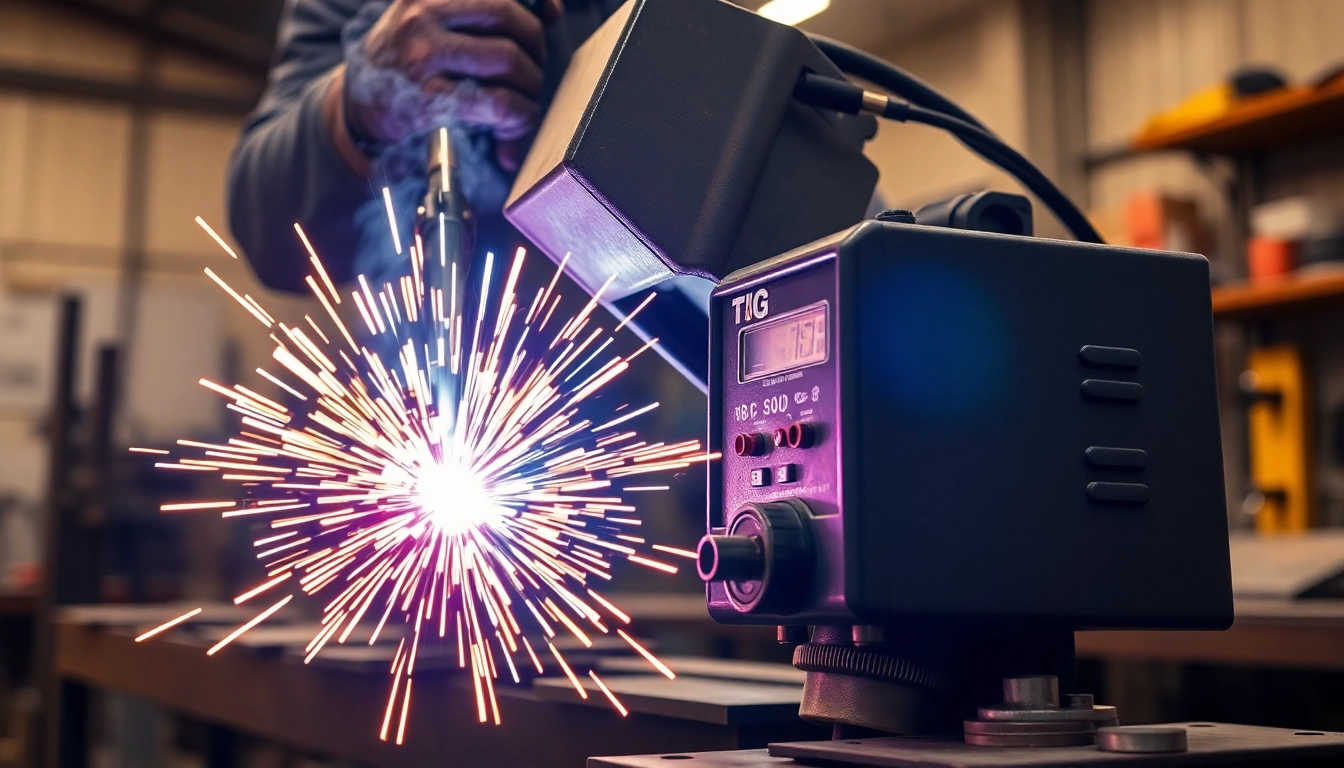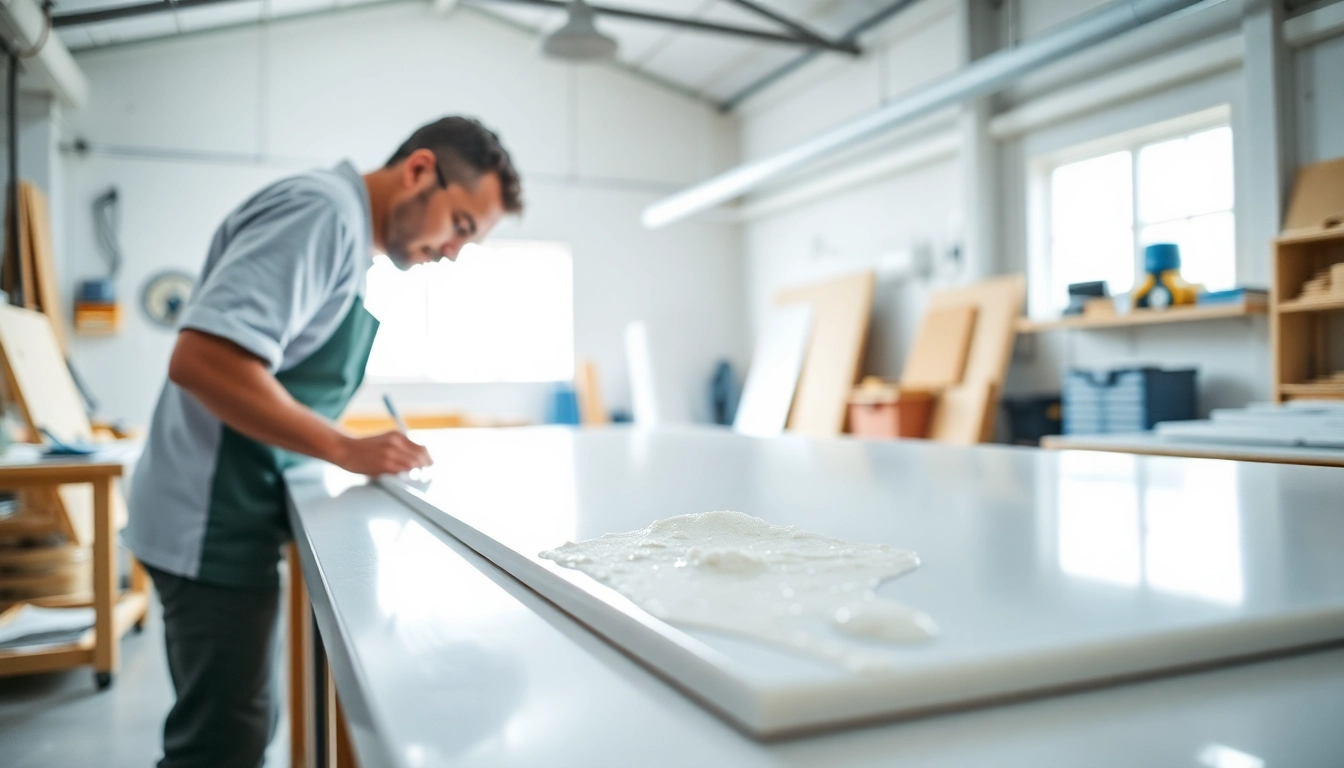Introduction to Infusion Resins
Infusion resins are critical materials used in the production of composite structures, offering advantages such as strength, durability, and the ability to create complex shapes. These materials are particularly beneficial in industries ranging from aerospace to automotive, where high-performance composites are essential. This article will provide an in-depth understanding of infusion resins, covering their types, processing techniques, benefits, and challenges, as well as looking towards future innovations in the field.
What are Infusion Resins?
Infusion resins are low-viscosity, thermosetting polymers, typically utilized in processes like vacuum infusion to create composite materials. They are designed to flow easily through dry fiber preforms, allowing for the formation of strong, lightweight structures. These resins harden through a chemical reaction initiated by mixing with a hardener, resulting in a sturdy final product that is resistant to environmental factors.
Benefits of Using Infusion Resins
There are numerous benefits to using infusion resins in manufacturing composite materials:
- High Strength-to-Weight Ratio: Infusion resins produce lightweight yet exceptionally strong structures that are crucial in applications like aerospace and automotive.
- Improved Surface Finish: The vacuum infusion process reduces the likelihood of air bubbles and voids, resulting in a smooth, high-quality surface finish.
- Enhanced Durability: Once cured, infusion resins exhibit excellent resistance to chemicals, moisture, and temperature fluctuations.
- Versatility: They can be used with various reinforcement fabrics, including carbon fiber, fiberglass, and aramid, making them suitable for multiple applications.
Common Applications of Infusion Resins
Infusion resins find applications across a wide range of industries:
- Aerospace: Used in the manufacturing of lightweight structures such as wing components and fuselage sections.
- Marine: Employed in building boats and other watercraft due to their resistance to corrosion and water absorption.
- Automotive: Utilized in the production of high-performance car parts that require a combination of strength and weight efficiency.
- Wind Energy: Essential for the construction of turbine blades, where durability and strength are critical.
Types of Infusion Resins
Epoxy Infusion Resins
Epoxy infusion resins are known for their excellent mechanical properties and adhesion capabilities. They offer superior thermal and chemical resistance compared to polyester and vinyl ester resins. Epoxy resins are ideal for applications that demand high performance, making them the preferred choice in critical aerospace and automotive sectors.
Polyester Infusion Resins
Polyester resins are widely used due to their cost-effectiveness and good mechanical properties. They are less durable than epoxy resins but are easier to use and can be cured at room temperature. Polyester infusion resins are commonly applied in boat building and automotive industries.
Vinyl Ester Infusion Resins
Vinyl ester resins are a hybrid of polyester and epoxy resins, providing the benefits of both. They exhibit excellent resistance to water and chemicals, making them suitable for marine applications. Vinyl ester resins are popular for use in tanks, piping, and other structures exposed to harsh environments.
Processing Techniques for Infusion Resins
The Vacuum Infusion Process
The vacuum infusion process involves placing dry fiber preforms into a mold and applying a vacuum to extract air before introducing resin. This method enhances the infusion of resin into the fibers, resulting in uniform saturation and minimized defects. The process typically involves the following steps:
- Preparation: Clean and prepare the mold surface to ensure optimal adhesion and finish.
- Layup: Position the dry reinforcement materials into the mold.
- Covering: Seal the mold with a vacuum bag, ensuring no leaks.
- Applying Vacuum: Create a vacuum to remove air from the bag and fibers.
- Resin Introduction: Introduce resin into the system, allowing it to flow through the fibers under vacuum pressure.
- Curing: Allow the resin to cure, completing the infusion process.
Advantages of Vacuum Infusion
Vacuum infusion offers several noteworthy advantages:
- Reduced Air Inclusion: The vacuum environment minimizes the risk of bubbles and voids, leading to a higher-quality composite.
- Uniform Thickness: Ensures consistent wall thickness throughout the part, which is crucial for structural integrity.
- Environmental Control: The ability to control the resin flow allows for precise material usage and waste reduction.
Best Practices for Efficient Infusion
To achieve successful infusion and high-quality results, consider the following best practices:
- Optimize Fiber Volume Fraction: Ensure the right mix of resin and fiber for the desired performance characteristics.
- Monitor Temperature and Humidity: Maintain an optimal environment to aid in resin flow and curing efficiency.
- Conduct Test Infusions: Perform small-scale tests to refine parameters before full-scale production.
Challenges in Using Infusion Resins
Common Issues in Infusion Processes
Despite their advantages, challenges can arise during the infusion process:
- Airtight Seal Failure: Leaks in the vacuum bag can lead to incomplete infusions.
- Uneven Resin Flow: Poorly designed transference lines may cause uneven resin distribution.
- Cure Time Variability: Variations in temperature and humidity can affect the resin cure time, impacting production schedules.
Troubleshooting Infusion Problems
Identifying and addressing common issues promptly can mitigate problems. Here are some troubleshooting strategies:
- Visual Inspection: Regularly inspect molds and infusion setups for leaks or defects before starting the process.
- Adjust Resin Viscosity: Modify resin mixtures to achieve better flow conditions if issues arise during infusion.
- Redesign Infusion Channels: Revise infusion pathways to improve resin flow and saturation if necessary.
Preventative Measures for Successful Infusion
To enhance the likelihood of success in infusion processes, consider implementing the following preventative measures:
- Implement Quality Control: Establish a thorough quality assurance process for raw materials and production methods.
- Training and Skill Development: Ensure that personnel involved in the infusion process receive proper training on best practices and troubleshooting.
- Document Procedures: Maintain detailed documentation of processes and results to track performance and improve procedures over time.
The Future of Infusion Resins Technology
Innovations in Resin Formulation
As technology advances, the formulation of infusion resins continues to evolve. Innovations may lead to:
- Bio-Based Resins: Development of eco-friendly resins derived from renewable sources, which could reduce environmental impact.
- Smart Resins: Integration of sensors within resins to monitor curing processes and environmental conditions in real-time.
- Enhanced Mechanical Properties: Ongoing research to improve tensile strength and impact resistance through advanced chemical formulations.
Sustainability Considerations in Infusion Resins
With increasing focus on sustainability, the future of infusion resins involves addressing ecological concerns. Manufacturers are encouraged to:
- Reduce Waste: Implement processes that minimize resin waste and utilize reworked materials.
- Adopt Green Chemistry: Explore resin formulations that employ less toxic and more sustainable ingredients.
- Life Cycle Assessments: Conduct evaluations to assess the environmental footprint of resin production and use.
Emerging Trends in Composite Manufacturing
The composite manufacturing landscape is undergoing significant transformation with emerging trends, including:
- Increased Automation: Automation in resin infusion processes to enhance efficiency and reduce labor costs.
- Digitalization: Use of digital tools for better project management, data collection, and performance monitoring.
- Advanced Materials: Exploration of hybrid composites integrating multiple material properties for specialized applications.



